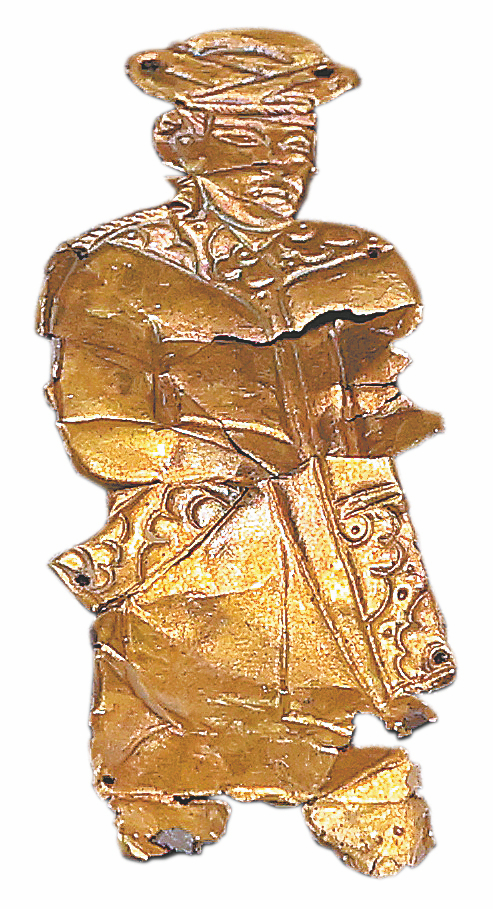Ghost stories


Those relics are believed to date back to the Tang Dynasty and reveal evidence of how the different ethnic groups communicated with each other.
The Reshui site sits at the intersection of Qinghai and Gansu provinces, and the Xinjiang Uygur and Tibet autonomous regions.
From 1982 to 1985, the Qinghai cultural relics and archaeology institute carried out excavations on more than 50 tombs, including Xuewei No 1 Tomb, focusing on archaeological salvage and cleanup.
The No 1 tomb provided a breakthrough for studies into funereal customs in the region.
Some of the decorative patterns on the items unearthed feature styles typical to the Sogdian and Sassanian people, both originally from today's Iran and Central Asia.
"Through the extensive collection of artifacts unearthed from Dulan Reshui tombs, we can see the presence of various items that originate from Central and Western Asia, as well as the Arabian Peninsula," Li says.
These objects highlight the differences in the culture of the Central Plains region and the local culture on the Qinghai-Tibet Plateau, Li explains.
Another noteworthy phenomenon is that many artifacts exhibit a blending of characteristics from both the Tang Dynasty and external cultures.
"It shows they had integrated and coexisted harmoniously," Li says.
Among the cultural relics, a silver seal bearing the inscription "seal of the King Achai, the nephew" is considered among the most significant, and reveals the Tubo identity of the No 1 tomb owner.
It's important evidence of the marriage between the regimes of Tubo (618-842) and Tuyuhun, crucial powers during the Tang Dynasty, Li says.
It also suggests that over a long period of development, this region accumulated a deep history, particularly regarding the Tubo and Tuyuhun cultures.
"During the 6th to 8th centuries, the cultural exchange and enrichment between the Han and Tibetan peoples became a significant component of Tang culture," he adds.
Since 1982, a series of significant archaeological discoveries have provided ample evidence that Dulan is a crucial node on the Silk Road's Qinghai route, serving as a hub for cultural exchange and commercial trade between the East and the West.
As suggested by the county's name, which means "warmth" in the Mongolian language, the county is a place rich in water and grass, Li explains, adding that it made for ideal living conditions.


















